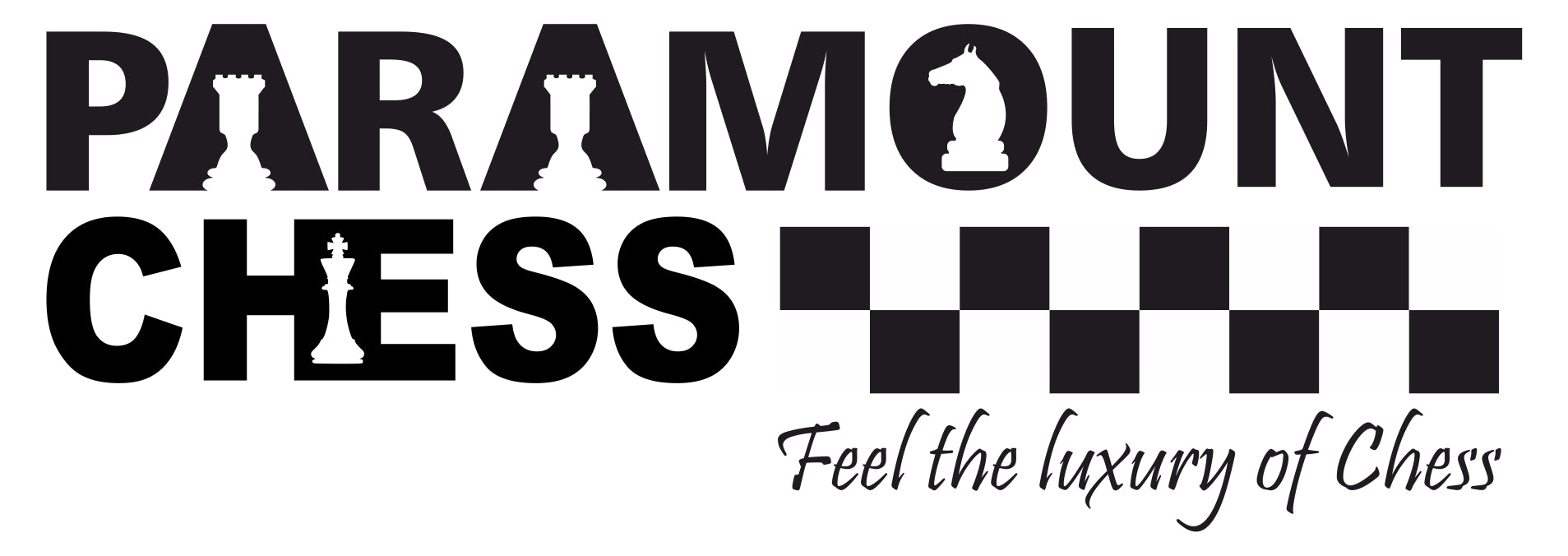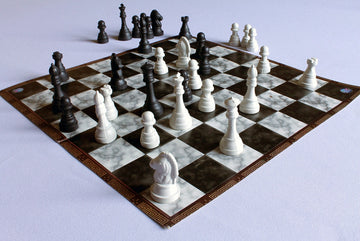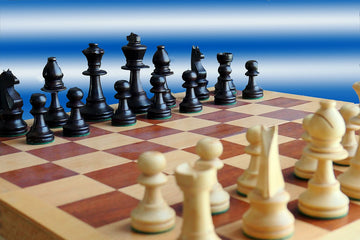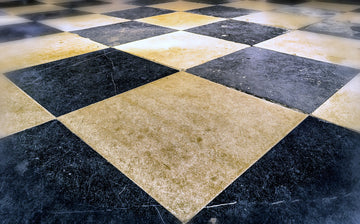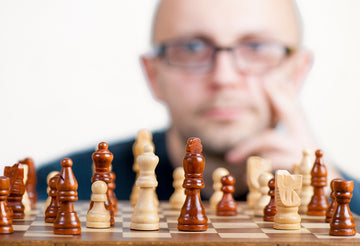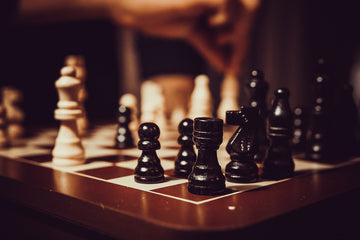
How do you think most endgames between two players of similar rating usually boil down to? They almost always result in close endgames. By close, I mean having relatively equal material at the end of the game. Quite often players resort to a battle between the king and pawns. This usually results from equal exchange of other available material on the board. Ultimately, the king and pawns will be the only one left in the battle. Many see these pieces as the weaker links, but through this article we shall convince you otherwise. We will emphasize the importance of the king and pawns and how to use them in the endgame effectively.
Why is it important?
It is very rare for battles among two similarly skilled players to result in a victory that is solely based on time. Most of the time, they result in close endgames. If a player has spent time on analyzing the do’s and the don’ts of this, it will greatly enhance his play. This will not only lead to more efficient moves, but also mount pressure on the opponent. Under pressure, even the best players fall apart on the board. For this reason, it is very important that players are thorough with tactics like these involving the king and pawns.
Now that we have established the importance, let us have a look at some of the best things that you could do in a situation like this.
We hope that you are aware of the pawn structure in the game of chess. If not, do check out our article to develop an easy understanding of this concept here:
The situation
I would like to preface this article by saying that we are only going to be talking about an endgame involving the current situation of the board. This is a scenario where both players have equal material in the form of their kings and pawns. Each player has only one king and let us assume an arbitrary 5 pawns available to each player.
Prioritizing
We need to prioritize different pawn arrangements and assign an arbitrary value to them. For example, passed pawns are the most valuable to any player and should be assigned the highest weightage. Next, we can assign connected pawns since they are able to defend themselves and are a great asset. Having a pawn majority in such a case benefits the player greatly. So, another positive value may be assigned to this. Let us look at some of the negatives. A doubled or tripled pawn is something nobody wants to have. These are the worst forms of pawns and should be assigned a negative value as well. Isolated pawns and backward pawns do not perform great as well so they must be assigned a negative value as well. With this information, you can develop a much better understanding of your pawn structure as well as that of your opponent. This will greatly help you improve your game.
Use your king!
All your attempts should be directed towards mobilizing the king around the board. The king should be incharge of moving around to execute attacks all around the board. These light jabs using the king and the pawns can prove to be quite effective in mounting pressure on the opponent. Did you know that it is possible to checkmate your opponent using only your king and a couple of pawns? Yes! This is wonderful news for someone in our position as we have 5 pawns to move about.
Weighted pawns
It has already been stated that we need to assign different positive values to good pawn arrangements such as a passed pawn, a connected pawn etc. and negative values to bad arrangement such as an isolated pawn, doubled pawn etc. But can we go deeper? Is there a difference between an isolated pawn close to my side of the board and an isolated pawn close to the opponents’ side of the board? Yes! Of course there is! So how do we get around this? Well we know that the chess board comprises of 64 squares with 8 files available. But each pawn needs to travel only 7 to reach the other side. Based on their position on each file, we can assign them a numerical value. So, let us say that you have an isolated pawn on d4. Moving it to d5 will increase its value by one point. Applying this to all pawns on the board will improve decision making greatly.
We hope you enjoyed reading our article on the endgame tactics. This is a new collection of articles that will be posted every week. This was done since most of our articles focus on the beginning of chess games in the form of openings and their variations. We did not address the endgame until now. But with bi-weekly updates, we assure you that you will be pleased.
